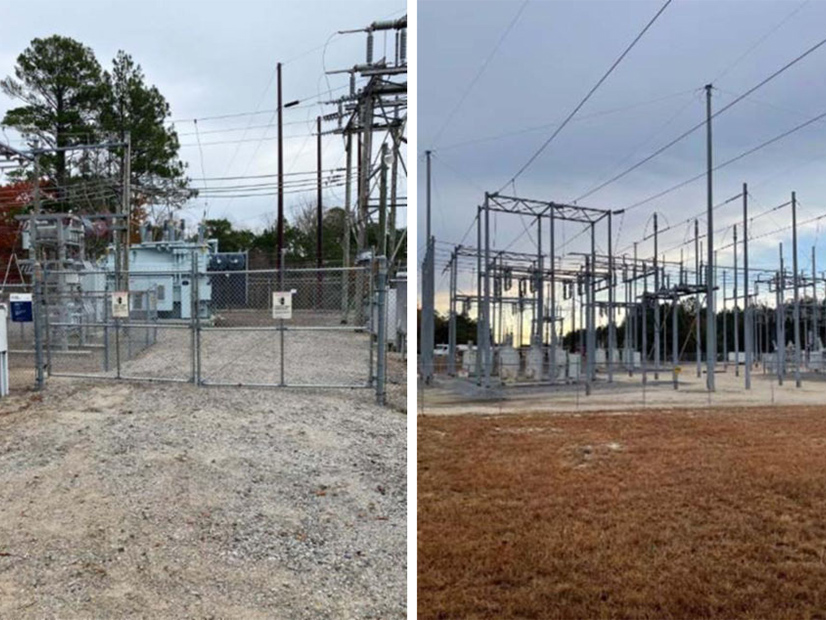New Jersey regulators on Monday cut the incentive for residential solar and increased incentives for some non-residential projects after a report on the first year of the program showed that non-residential installations had failed to meet agency targets even as residential projects surged.
The state’s Board of Public Utilities (BPU) approved a $5 reduction in the incentives for net-metered residential projects, to $85/MWh, after the report found that registrations in the segment were on track to far exceed the 150 MW of capacity allocated to the program, which is part of the Administratively Determined Incentive (ADI) program. BPU staff concluded that all the capacity allocated to the program would be subscribed by the end of January, four months before the end of the program year, leaving plenty of demand unsatisfied.
The board voted to increase the incentives in four segments on the non-residential side after the report found that by mid-February only 55% of the 287.8 MW of capacity allocated had been subscribed.
To stimulate development, the board increased the incentive for small net-metered rooftop, carport, canopy and floating solar projects from $100/MWh to $110/MWh and raised incentives on net-metered ground projects from $85/MWh to $90. The agency also increased the incentive on net-metered non-residential rooftop, carport, canopy and floating solar projects of size between 1 MW and 5 MW from $90/MWh to $100/MWh. It increased the incentive for non-residential ground projects in the same capacity size category from $80/MWh to $85/MWh.
Before the unanimous vote, BPU President Joseph L. Fiordaliso expressed hope that the changes would help “maintain the level of activity for our solar industry.”
“I view this as an initiative that will maintain the robust activity of our solar industry,” he said. “And I think it’s extremely important to do that. We saw one segment not doing as well as we would like, and therefore (that led to) the increase in the incentive.”
Solar Stimulants vs. Cost
The incentive restructuring is the latest effort by the state to shape a solar incentive that will boost development of new solar without placing an excessive burden on ratepayers. The BPU in 2020 closed its more than decade-old program amid criticism that the incentives were too generous. In June 2021 it created the Solar Successor Incentive Program (SuSI).
It had two parts: the ADI program, with incentives set by the BPU for residential and smaller projects; and the Competitive Solar Incentive (CSI), with incentives for grid-scale and larger projects set by competitive solicitation process.
The state’s ambitious solar goals, set out in Gov. Phil Murphy’s Energy Master Plan, call for New Jersey to install 5.2 GW of solar capacity by 2025, add another 7 GW by 2030 and reach a total of 17.2 GW by 2035. In 2021, Murphy signed the Solar Act, which directed the BPU to create a new program that would generate 3,750 MW of new capacity by 2026, or 750 MW a year.
Reaching that goal is still a way off. The sector had a strong year in 2022, adding 432,241 kW of new capacity, the second highest total in the last eight years, after 453,217 kW in 2019, according to BPU figures. The state, with 4.29 GW of solar capacity installed at the end of 2022 — in 160,375 projects — would hit the 2025 target if it continues at the same pace of installation as in 2022, but it would need a dramatic increase to reach the 2030 goal.
In the review of the first year of the ADI, the BPU order concluded that “without action, the ADI program is likely to fail to meet the targets established by the Solar Act of 2021.”
While BPU officials believe the figures show the sector is ramping up capacity installation, solar developers have argued that the surge in installation in 2022 was set in motion in 2021, before the ADI program was put in place. The state at that time offered incentives through the temporary Transition Incentive (TI) program, which closed when ADI opened. Developers have argued that some of the increase in capacity in 2022 stemmed from developers rushing to register projects in 2021 under the higher TI incentives before the program closed. (See Solar Industry Pushes for Bigger Incentives from NJ Program.)
The ADI program included a requirement that the BPU conduct a review of the program’s first year, which showed the residential sector was oversubscribed. The BPU reallocated 100 MW of available capacity from the non-residential segment to the residential segment to “avoid impending oversubscription” of the latter, the board order said.
Inflationary, Supply Chain Pressures
Solar sector representatives at a hearing in December urged the BPU not to respond to the oversubscription of capacity in the residential market by reducing the incentive levels. Several industry trade groups argued that “apparent increases in the pace of registration in the residential sector have more to do with a catch-up in processing a backlog in applications than a real increase in activity,” according to the BPU summary of the December meeting that is part of the board order approved Monday. Reducing incentive levels would harm the residential sector, they argued.
On the non-residential side, trade associations said they believe that “the relatively slow uptake in the non-residential net metering market segment is a direct indication that current incentive levels need to be increased, particularly in light of rising costs,” according to the board order. A representative of the Solar Energy Industries Association told the December meeting that costs for commercial installations have increased 15% while residential costs have gone up 12%, largely due to shipping constraints and other supply chain issues stemming from the pandemic and trade instability.
The BPU, in its order, agreed that rising costs were an issue and that something had to be done to assist the sector.
“The non-residential market segment is tracking at approximately two-third of the board’s target,” the board order said.
“The board sees clear evidence that the inflationary and supply chain pressures of 2021 and 2022 have depressed participation in the non-residential market segments of the ADI program,” the order added. “The board attributes this fall off to the fact that reported costs for installed solar facilities have increased significantly over the past 18 months since the board established the ADI program, largely driven by the record high levels of inflation.”

